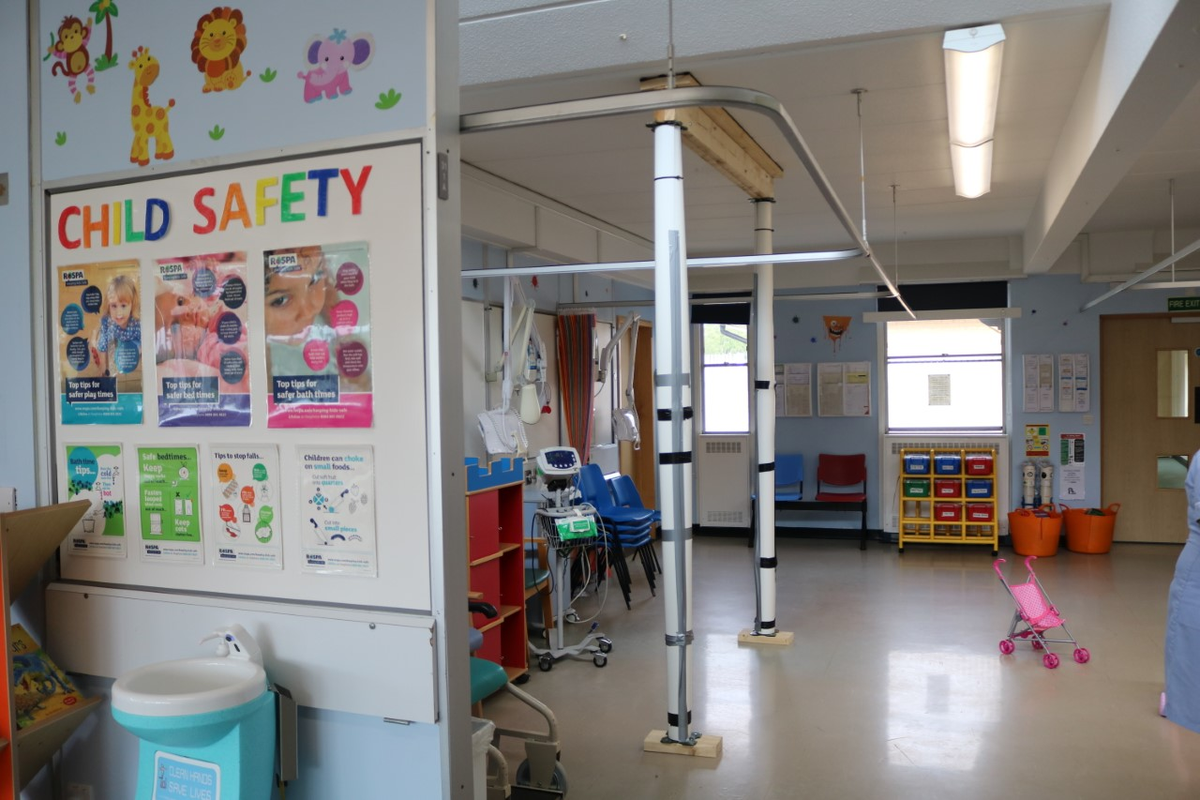
The cost of fixing the NHS’ crumbling estate grew to £11.6 billion in 2022-23 as “catastrophic” building problems surged by 30 per cent, new figures reveal.
The backlog in costs associated with repairing NHS buildings rose from £10.2 billion in 2021-22 and £9.2 billion in 2020-21, according to data from NHS Digital published on Thursday.
Resolving problems which could lead to “catastrophic failure”, major disruption to services, injury or prosecution, categorised as “high risk”, rose by 30 per cent to £2.36 billion from £1.8 billion.
The “high risk” costs grew more than any other category with “significant risk” problems up by 11 per cent to £3.8 billion, “moderate” up by 8 per cent to £4 billion and “low” up by 10 per cent to £1.3 billion.
In September the government revealed 42 NHS hospitals were at risk from unsafe collapse-prone concrete called reinforced autoclave aerated concrete (Raac).
The latest estate figures come after the government’s Public Accounts Committee last month ruled it has no confidence the government would deliver promises made for the 40 new hospitals programme.
The committee ruled there has been a lack of progress in building the 40 “new hospitals”, some of which are not new hospital buildings, by 2030.
Siva Anandaciva, chief analyst for think tank The King’s Fund, said: “The cost and severity of maintenance issues with NHS buildings and equipment is still growing, with a maintenance backlog that has now risen to £11.6 billion. Promises to build new hospitals have not been realised, which has left parts of the NHS estate in such a poor condition they pose serious risks to staff and patients.”
“The repeated raiding of long-term investment budgets to cover day-to-day spending is illustrative of the short-term thinking that has plagued NHS finances in recent years.
“The consequences of the government’s earlier decisions to put off long-term problems are now being realised. Recent increases in the number of hospital staff have not yet translated into increased hospital activity, and outdated technology and dilapidated buildings are likely to be one factor limiting progress. The deteriorating state of NHS buildings and equipment is a shaky foundation that could undermine the government’s productivity drive.”
Meanwhile, the NHS faced a 53 per cent increase in the cost of energy in 2022-23 from £779 million to £1.19 billion. Last year NHS England warned it had seen a £485m increase in energy costs.
In the 2022 Autumn statement, the Treasury awarded the NHS £3.3bn over two years. However, this did not account for a £2.5 billion cost associated with inflation and unexpected cost pressures.
A Department of Health and Social Care spokesperson said: “We have invested significant sums to upgrade and modernise NHS buildings so staff have the facilities needed to provide world-class care for patients, including £4.2 billion this financial year.
“Trusts are responsible for prioritising this funding to maintain and refurbish their premises, including the renewal and replacement of equipment.
“This is on top of the £3.7 billion made available for the first four years of the New Hospital Programme and a further £1.7 billion for over 70 hospital upgrades across England alongside a range of nationally funded infrastructure improvements in mental health, urgent and emergency care and diagnostic







